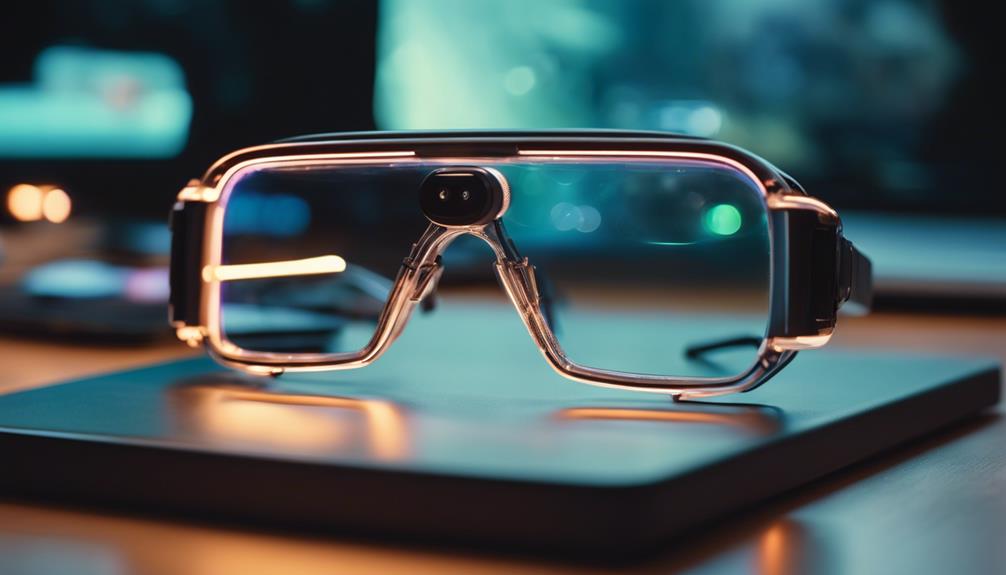In today’s world, personal safety has become a paramount concern for many individuals. With rising crime rates and unpredictable situations, the need for effective self-defense measures has never been more critical. Fortunately, advancements in technology have led to the development of a wide range of gadgets specifically designed for self-defense. This article explores various self-defense gadgets, their functionalities, and how they can enhance personal security.
Understanding Self-Defense Gadgets
Self-defense gadgets are tools or devices that individuals can use to protect themselves in dangerous situations. These gadgets vary from traditional tools like pepper spray to high-tech devices like personal alarms and smart weapons. The primary goal of these gadgets is to deter threats and provide the user with an opportunity to escape safely.
Categories of Self-Defense Gadgets
Self-defense gadgets can be broadly categorized into several groups based on their functionality and design:
- Deterrents: Devices that aim to scare off potential attackers.
- Alarms: Gadgets that produce loud noises to attract attention and deter criminals.
- Impact Weapons: Tools designed to inflict pain or injury on an attacker.
- Electronic Devices: High-tech gadgets that utilize technology for self-defense.
- Wearable Safety Devices: Gadgets that can be worn on the body for quick access.
Popular Self-Defense Gadgets
Here are some of the most effective and popular self-defense gadgets available in the market today:
Pepper Spray
Pepper spray has been a long-standing favorite among self-defense tools due to its effectiveness and ease of use. This compact gadget contains oleoresin capsicum, a powerful compound derived from hot peppers that can incapacitate an attacker temporarily.
- Advantages: Easy to carry, non-lethal, and has a long range (up to 10 feet).
- Usage: Aim for the attacker’s face and spray in short bursts.
Personal Alarms
Personal alarms are small devices that emit a loud sound when activated. These alarms can be easily attached to bags or keychains, making them accessible in emergencies.
- Advantages: Attracts attention, deters attackers, and can be used in various situations.
- Examples: Devices like the ROBOCOP Personal Alarm and the SABRE Personal Alarm.
Tactical Flashlights
Tactical flashlights serve dual purposes: they provide illumination and can be used as a striking tool. A bright flashlight can disorient an attacker, giving the user a chance to escape.
- Features: High lumens output, durable construction, and sometimes include strobe settings.
- Popular Models: Fenix PD35 and SureFire G2X Pro.
Self-Defense Keychains
Self-defense keychains come in various forms, such as kubotans or tactical pens. These devices are designed to be discreet yet effective in close-quarter situations.
- Usage: Can be used to strike pressure points or as a stabbing tool.
- Considerations: They should be used responsibly and legally, as they may be considered weapons in some jurisdictions.
Smart Personal Safety Devices
As technology advances, smart personal safety gadgets have emerged, offering innovative features such as GPS tracking, emergency contacts, and two-way communication.
- Examples:
- Apple AirTag: Helps you keep track of personal belongings.
- Safelet: A wearable device that sends alerts to pre-selected contacts.
- Features: App integration, real-time location sharing, and various alert options.
Legal Considerations in Self-Defense Gadgets
Before purchasing or using any self-defense gadget, it is essential to understand the legal ramifications in your area. Laws regarding self-defense tools vary widely across regions and countries. Here are some points to consider:
- Prohibited Items: Some items may be illegal to carry or use, such as certain types of knives or stun guns.
- Usage Regulations: Even legal self-defense gadgets must be used within the boundaries of the law, such as only in genuine self-defense situations.
- Age Restrictions: Some states have age restrictions on the purchase and ownership of self-defense gadgets.
Case Studies: Real-Life Applications
To understand the effectiveness of self-defense gadgets, it’s helpful to look at real-life applications and case studies:
Case Study 1: The Impact of Personal Alarms
In a study conducted by the University of California, researchers found that personal alarms significantly deterred potential attackers. In a controlled environment, when participants activated personal alarms, over 70% of assailants retreated immediately, indicating that the loud noise was an effective deterrent.
Case Study 2: The Use of Tactical Flashlights in Self-Defense
A survey of law enforcement officers revealed that tactical flashlights are commonly used in the field not only for illumination but also as defensive tools. Officers reported instances where the brightness of the flashlight disoriented suspects, allowing them to gain control of a situation without the need for physical confrontation.
Best Practices for Using Self-Defense Gadgets
To maximize the effectiveness of self-defense gadgets, individuals should follow specific best practices:
- Familiarize Yourself: Practice using your self-defense gadgets regularly to ensure you can deploy them quickly in an emergency.
- Stay Aware: Maintain situational awareness; being aware of your surroundings can often prevent dangerous situations from arising.
- Legal Knowledge: Stay informed about local laws regarding self-defense gadgets and their usage.
- Combine Strategies: Use self-defense gadgets as part of a broader personal safety strategy, including self-defense training and awareness techniques.
Conclusion: Empowering Yourself with Gadgets
Self-defense gadgets are an essential component of personal safety in today’s unpredictable world. From pepper spray to smart devices, these tools offer individuals the means to protect themselves effectively. However, it is crucial to understand the legal implications of using such gadgets and to practice their use regularly. Empowering oneself with knowledge, awareness, and the right self-defense gadgets can significantly enhance personal safety and confidence. Remember, the best self-defense strategy combines proactive measures, preparedness, and the right tools to navigate a potentially dangerous world safely.
